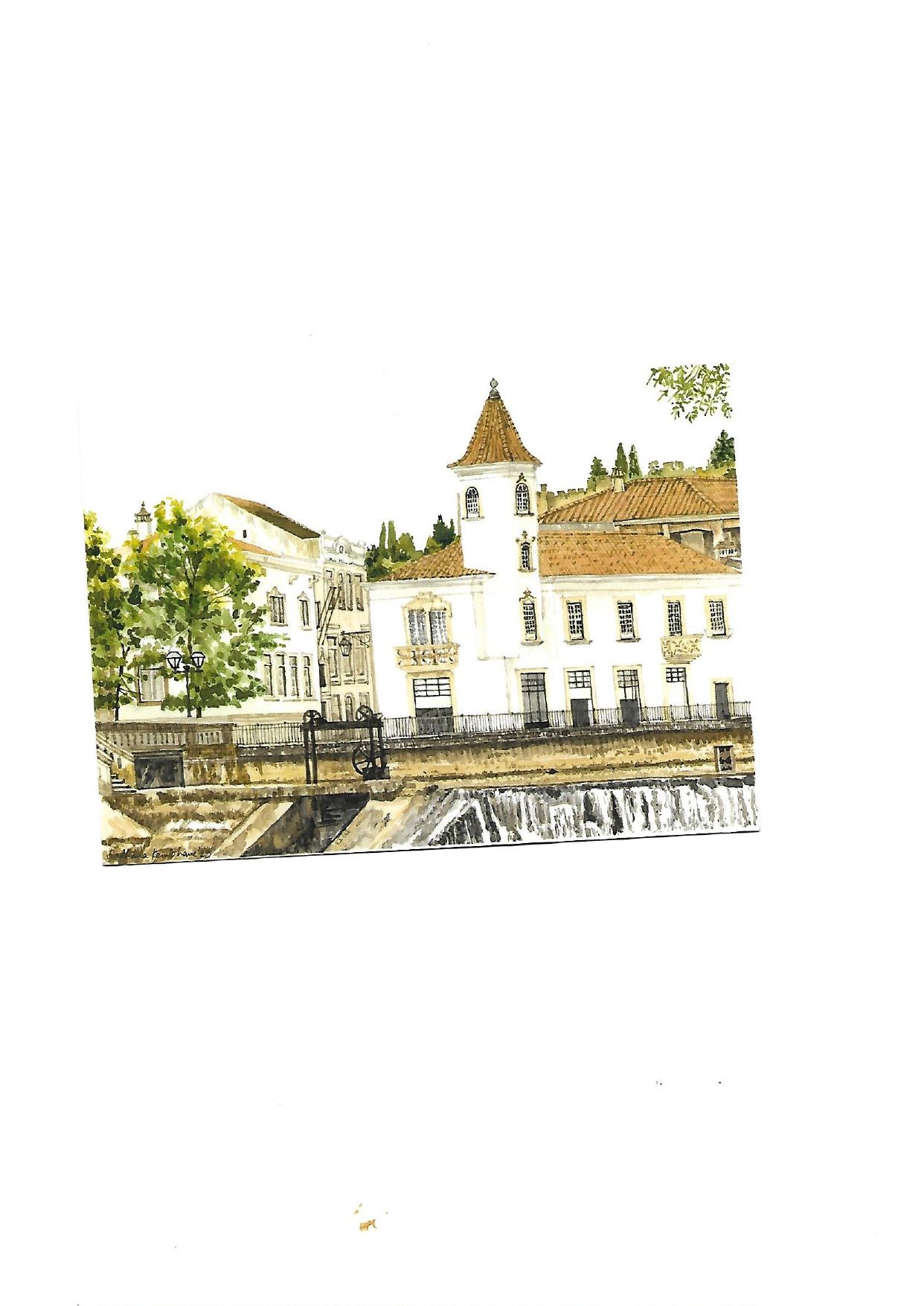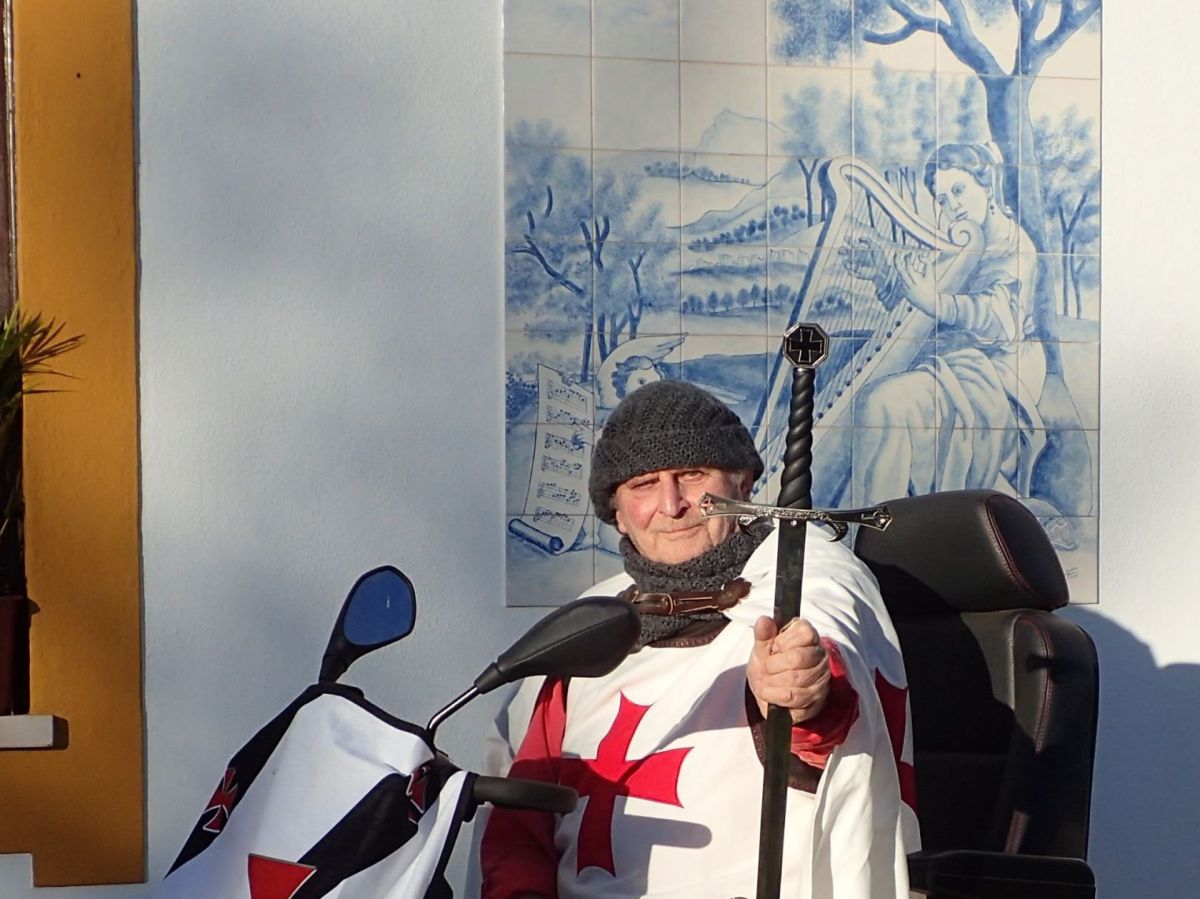This is the title of a post doctorate thesis based on an ethnographic survey conducted by Ana Hidalgo de Lacerda in the town of Tomar during several months’ residence. It was first published in June 2021 by Uppsala University and was sent to me recently by Academia.edu to aid my research into the descriptive work “Journey to Portugal” written by José Saramago in 1981.
It is a highly comprehensive document which runs to sixty pages and includes more than twenty photographs and drawings to illustrate the buildings which make up the “heritage-scape” of Tomar and provide the scenario for a history of two millennia. This is expertly recounted in the first half of the work.
More importantly, it is followed by informal interviews with the ordinary townsfolk during which opinions are expressed concerning the management of their heritage. These were followed by meetings with local governance and historians.
The conclusion was that there existed a mistrustful exasperation by many of the former due to what was felt to be failings on the part of officials some of whom had been appointed on the basis of family connection rather than professional ability. There was dissatisfaction too concerning the priority given to obtaining lucrative financial returns from professionally organised tourism which were considered to be more important than the preservation of the historic cultural values of Nabatinos.
This is demonstrated by the cult (almost worship) of the medieval Orders of Christ and the Knights Templar which followed the publication of several speculative books and the making of movies such as the Da Vinci Code. Souvenirs are widely displayed in local shops and a brisk trade is made in the sale of regalia and clothing especially to North American tourists who are eager to take part in banquets and ceremonies which may lead to joining a modern, non-penitential version of the Order. Myths concerning secret tunnels and hidden treasure including the Holy Grail abound and custodians of former Templar properties have difficulty in controlling the activities of searchers for concealed entrances which may be indicated by shafts of light accompanied by ethereal music.
However, of greater spiritual importance may be the quadrennial Festa dos Tabuleiros which traces its origins to the Franciscans. It is a manifestation of the Empire of the Holy Spirit (Culto do Império do Divino Espirito Santo) which dates from the 12th century and forecasts an era in which the hierarchy of the Catholic church will be replaced by an Order of the Just. This will exercise monastic governance in an entirely Christian world of perfect love and equality. Although condemned by papal intervention to persecution by the Grand Inquisition, the Order received royal protection in Portugal through the warrior monks and flourished nationally – especially in the Azores and Madeira. Later it spread to the USA which may relate to the extraordinary interest in the Knights Templar.
Traditionally, the celebrations of the Festa would consist of a series of processions during the fifty days from Easter to Pentecost but political and evangelical considerations reduced the event to its present cycle which serves to attract an international attendance to the processions which are filmed and broadcast through the internet thus resulting in a penetration of the organising committee by representatives of Tourism and Advertising who consider the Festa to be of global interest.

Although, local people make up the bulk of participants in the processions there has been some disgruntlement concerning the cost of attendance and many now divert their attention to smaller replicas of the celebrations in the villages of the concelho which maintain consistency both spiritually and physically.
Dra. Ana Hidalgo de Lacerda endeavours to maintain an ambivalence in her dissertation but is understandably concerned with the pressures to which the citizens of Tomar are subjected in a digital era where past values are easily forgotten. I would recommend a reading to all who are passionate for the future of our lovely city.
Access to “Tomar and its People” can be through the websites of Uppsala University and Academia.edu or this link:
by Roberto Cavaleiro - Tomar. 09 September 2025














